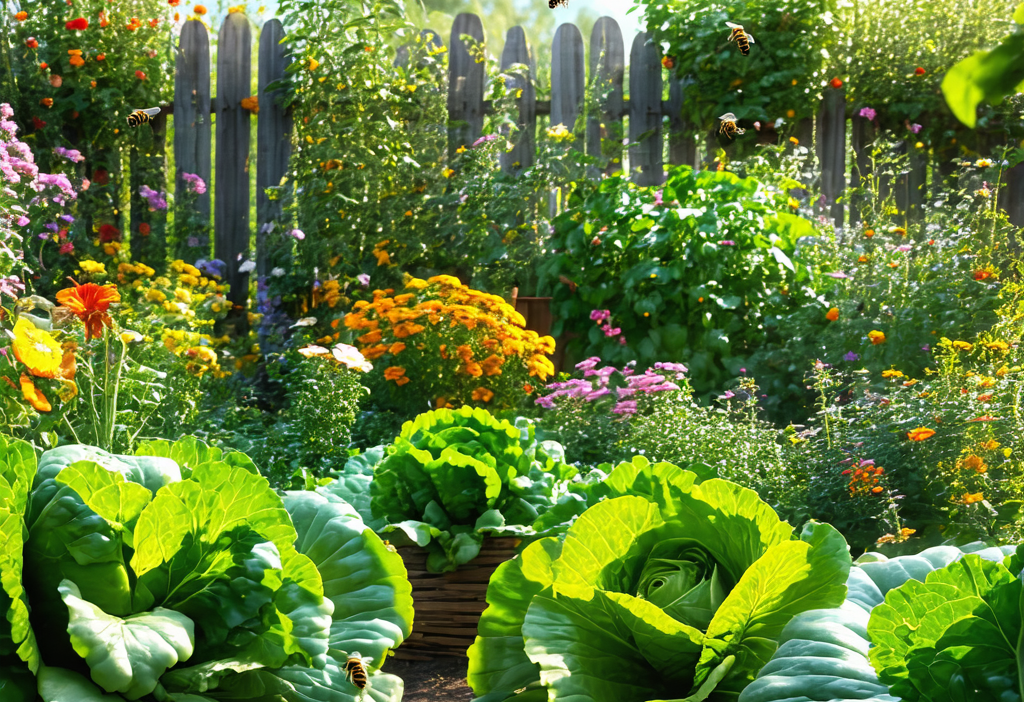How to Create a Thriving Organic Garden in Your Backyard
Gardening is more than just a hobby; it’s a journey towards self-sufficiency and connection with nature. If you’re ready to start your organic garden, you’ve come to the right place. In this guide, we’ll walk you through everything you need to know to create a thriving organic garden in your backyard.
1. Choose the Right Location
The first step in creating an organic garden is selecting the perfect spot. Look for an area with plenty of sunlight, as most vegetables need at least 6 hours of sun daily. Ensure the location has good drainage to prevent waterlogging, which can harm your plants.
2. Prepare Your Soil
Healthy soil is the foundation of a successful organic garden. Start by testing your soil’s pH level and nutrient content. Amend it with compost, aged manure, or worm castings to enrich it naturally. This step ensures your plants have all the nutrients they need without synthetic fertilizers.
3. Select Your Plants
Choose plants that thrive in your climate and soil type. Consider companion planting to maximize space and deter pests. For example, plant marigolds alongside tomatoes to repel aphids naturally.
- Tomatoes
- Cucumbers
- Zucchini
- Lettuce
- Peppers
4. Watering Techniques
Water your garden early in the morning or late afternoon to minimize evaporation. Use a watering can or drip irrigation system for consistent moisture without overwatering.
‘The key to organic gardening is patience and observation,’ says expert gardener Jane Doe.
5. Composting
Composting turns kitchen scraps and yard waste into nutrient-rich soil amendment. Start a compost pile with a mix of green (nitrogen-rich) and brown (carbon-rich) materials. Turn it regularly to speed up decomposition.
6. Natural Pest Control
Prevent pests without chemicals by introducing beneficial insects like ladybugs and lacewings. Use neem oil or soap sprays as a natural pesticide when needed.
7. Maintain Your Garden
Regular maintenance is essential for a thriving garden. Weed regularly, prune plants to encourage growth, and monitor for pests or diseases. Keep records of your gardening activities to improve each season.
With these tips, you’re well on your way to enjoying fresh, organic produce from your own backyard. Happy gardening!





